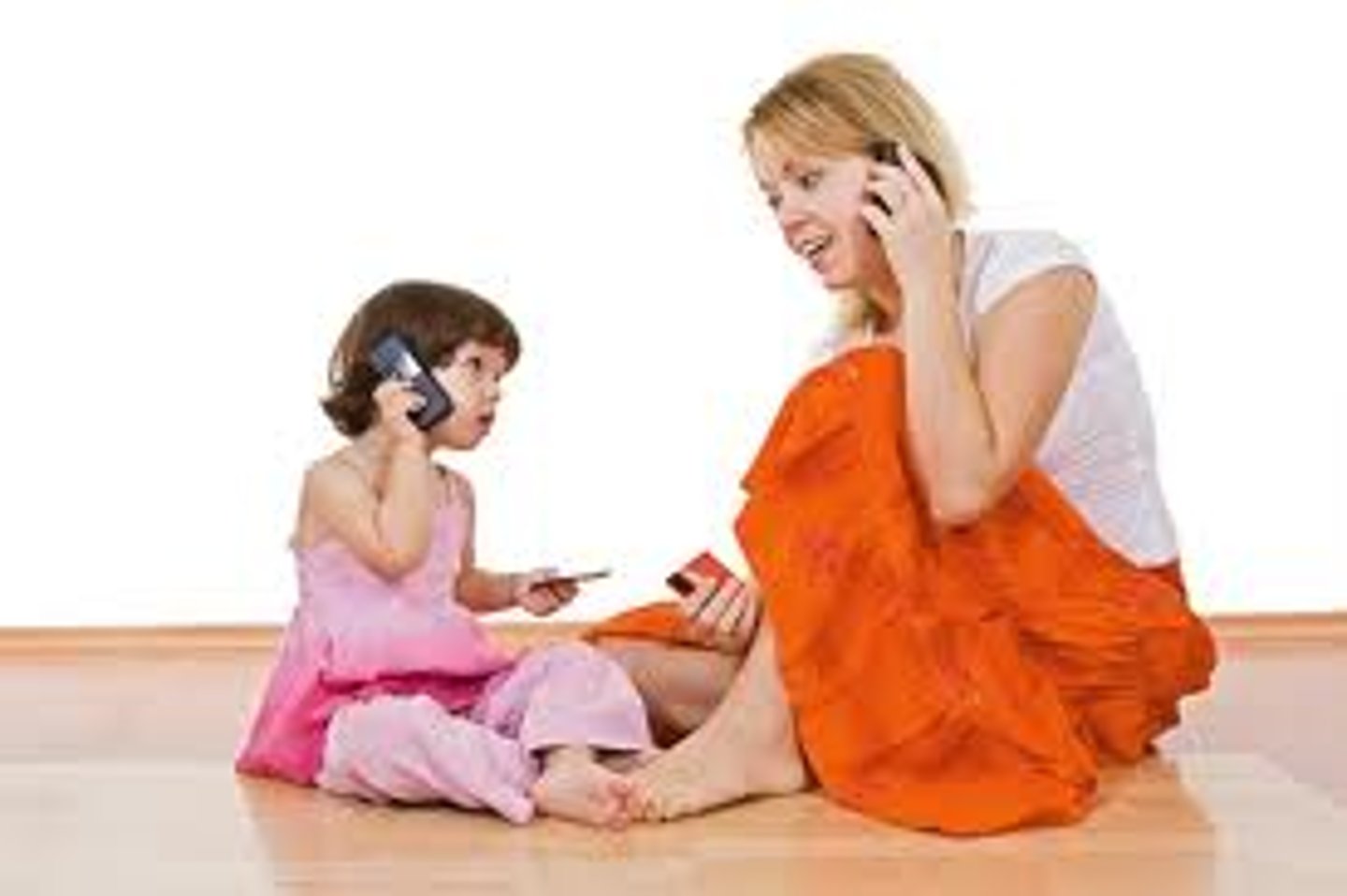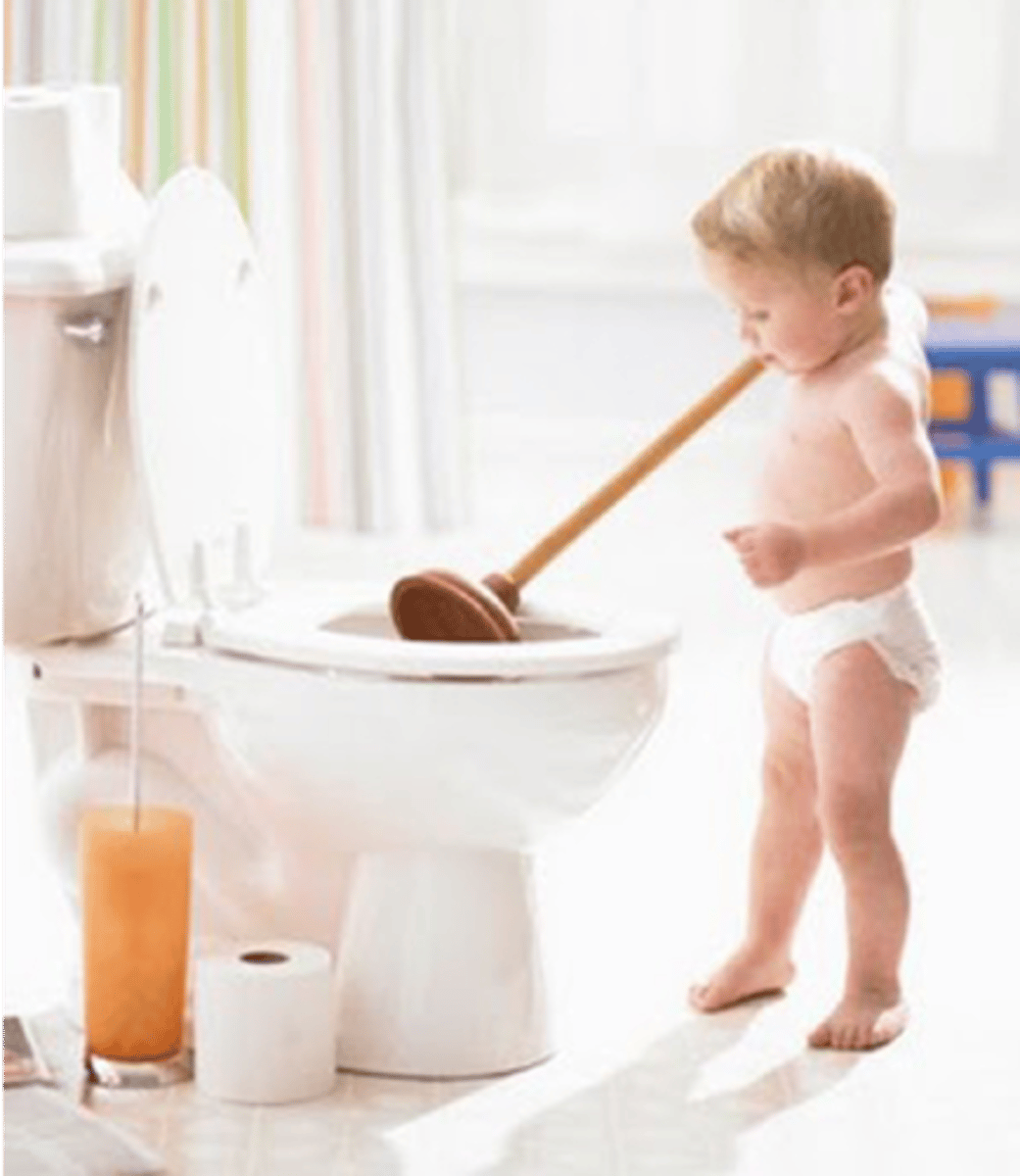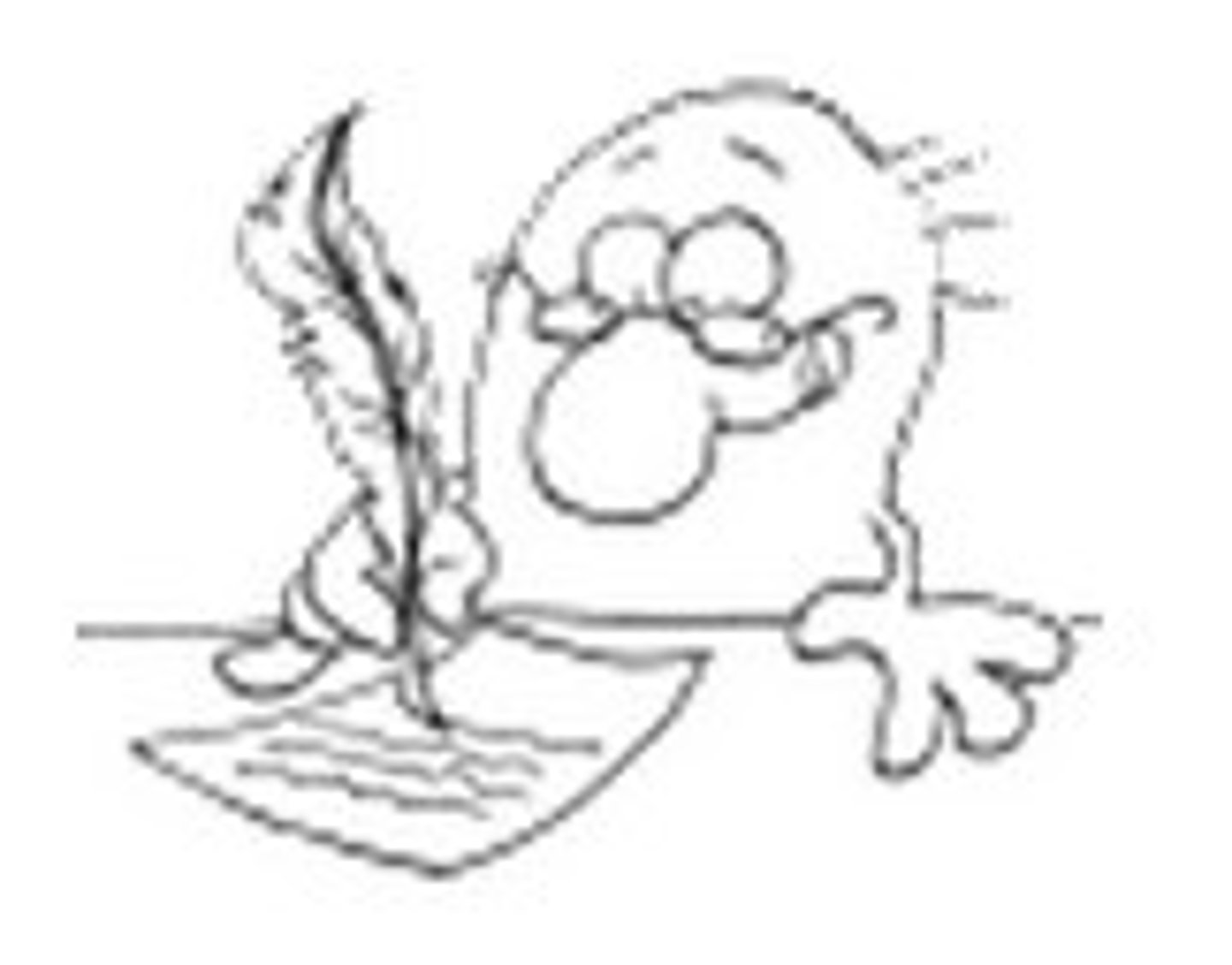Assessment of Spoken Language in Children
1/64
There's no tags or description
Looks like no tags are added yet.
Name | Mastery | Learn | Test | Matching | Spaced |
|---|
No study sessions yet.
65 Terms
When speaking of language, what is it that we are assessing?
language domains
- phonology (speech sounds)
- morphology (structure of words)
- syntax (rules for combining words into sentrnces)
- semantics (word meaning)
- pragmatics (social use of language)
Why can language be challenging to evaluate?
- development of language is influenced by other aspects of development
- Language domains do not occur in isolation
- expectations of language performance change over time
- speaking of any given language are not a homogenous group
- no best approach for assessment of language with all clients
what would a comprehensive assessment of language include?
formal (norm-referened) & informal (criterion referenced) approaches
define spoken language disorder
a persistent difficultly in the acquisition and use of listening and speaking skills across any of the 5 language domains.
define a developmental language disorder (DLD)
spoken language dx is a primary disability without a known medical cause and persistent at school age and beyong
define specific language impairment (SLI)
same as DLD
define language disorder associated with [condition]
to describe a spoken language disorder that is secondary to another condition or dx
_______ is the foundation for language development
cognition
What early cognitive stage of Piaget's stages is most important for language in the first 2 years of life?
- imitation
- deferred imitation
- means-end
- object permanence
- functional use of objects
- symbolic play
define imitaiton
sees behavior and repeats it

define deferred imitation
aka delayed imitation, repeat after some time

define means-end
understanding that specific actions can be used purposefully to reach a desired result
define object permanence
when child understand the object exist even when it is not in sight

define functional use of objects
using objects the way they are intended to use

define symbolic play
using objects in a creative way

What kind of knowledge is required in order to assess language?
normal language development
During the 1st month of a baby's life, what are they startled by, and who do they calm to?
- startle by loud noise
- calm to human voice
During month 2, what kind of language development is there?
- coos
- turns head towards similar sound
- smile at familiar faces
During month 3, what kind of language development is there?
- begins babbling
- imitates some sounds & facial expression
During month 4, what kind of language development is there?
- babble more
- use different cries to express hunger, pain, and tired
During months 5-6, what kind of language development is there?
- make sounds in response to other sounds
- responds to name
During months 7-9, what kind of language development is there?
- understands "no"
- babbles strings of consonant and vowels
By what time is it a red flag that a baby is not babbling?
6-9 months
During months 10-12, what kind of language development is there?
- responds to simple verbal requests
- produces one more more words
- shakes head "no"
During months 13-15, what kind of language development is there?
- produce 5-10 words (mostly nousn)
- points to show what he/she wants
During months 16-18, what kind of language development is there?
- says and shakes head "no"
- uses two word phrases
- says "I", "mine"
- points to body part on command
- follows simple verbal directions
- knowns function of familiar objects
During months 19-24, what kind of language development is there?
- use simple phrases
- points to named objects/pics/people
- imitates words and behaviors of others
What are the 4 stages of objective play?
1. exploratory
2. relational
3. functional
4. symbolic
What is included in the exploratory phase?
time: 2-4 months
def." simple exploration of single objects
what is an example of a child in exploratory phase?
squeezing a ball
What is included in the relational phase?
time: 5-10 months
def.:exploring how 2 or more objects go together
what is an example of a child in relational phase of play?
bumping 2 pots lids together
What is included in the functional phase?
time: 10-12 months
def.: relating objects together in a conventional way
what is an example of a child in functional phase of play
putting body parts into a mr.potato head
What is included in the symbolic phase?
time: 12-18 months
def.: using objects in a nonliteral way
what is an example of a child in symboic phase of play?
eating imaginary food
What things are included in the assessment for early language?
- hearing
- case hx
- OME (if possible)
- norm-referenced (PLS-5 or CELF-3)
- criterion referenced (checklists, observations, speech lang. sample,)
If you need to do an evaluation with a pre-verbal child what acronym do we use to remember what skills to assess?
PIARVG: play is always really very good
what does PIARVG stand for?
- Play (what level)
- Imitation
- Attention/joint attention
- receptive language
- verbalizations (sound,syllable, words)
- gestures
What are risk factors for a language disorder?
- fewer words than 50 expressive or no word combinations at age 2
- children who do not "catch up" to their same-age peers by age 3
What are some characteristics that a child is likely to exhibit if they have a language delay?
- frequent and effective non-verbal communication
- strong language comprehension
- good articulatory accuracy
- complexity of syllable structure
- larger phonetic inventories
- typical development error patterns
For a speech-language sample, how should you format it?
- indicate the speaker for each utterance
- number the child's utterances
- use IPA for words with speech errors
- use dashes for unintelligible speech
What is an utterance?
pause that naturally occur during speech
What things should be noted from a speech-language sample?
- use of morphemes
- syntax (sentence structure)
- semantics (word meanings)
- pragmatics (language use)
- sequencing (time & order)
define morphemes
The smallest unit of meaning, can be free (stand alone) or bound (can't stand alone)
When do typically developing children use all morpheme types by?
age 4
what is MLU
the average (mean) number of morphemes that a child produced in a utterance
for MLU, what is the rule, and when does that rule genrally stop being correct?
MLU ~ age in years, up to age 5
What things count as morphemes? (put number in parentheses to indicate how many morphemes it counts as)
- free(1) or bound morphemes(2)
- contractions (1) only if individual segments do not occur elsewhere in the sample (i'll = i will)
- stuttered words (1)
- compound words (1)
- proper names or places (1)
- reduplications (1)
What things do not count as morphemes?
- partial utterance
- unintelligible utterances
- imitations that immediately follow a model
- rote utterances (abcs)
- false starts
- fillers
How do you calculate MLU?
total # of morphemes/total # of utterances
Define semantic language deficits
limited vocabulary and difficulty integrating new words with known syntax structures
When assessing semantics, what should we be looking for?
variety, the greater the range of words and word types the better
what are the 8 major parts of speech?
noun, pronoun, adjective, verb, adverb, preposition, conjunction, interjection
Parts of speech are combined into units. the most basic units of are _____ and _____
phrases, clauses
define phrases
groups of related words that do not contain both a subject and a verb
define clauses
group of related words that have both a subject and a verb
what are the 2 types of clauses?
- independent clause: can stand along
- dependent clause: can't stand alone
What do different types of phrases and clauses combine to become?
sentences
What are the four basic sentence structures?
- simple sentence
- compound sentence
- complex sentence
- compound-complex sentence
Define a simple sentence
a sentence that contain one main clause
Define a compound sentence
a sentence that contains 2 or more related clauses
define a complex sentence
a sentence that has one main clause and one or more subordinate clause
define a compound-complex sentence
a sentence that has 2 or more main clauses and one more subordinate clauses
define pragmatics
study of language in social communicative interactions